Mastering the Légal Trap: A Historic Chess Tactic Explained
Oct 14th, 2024
For Fast Victories #100, I’m pulling material from a chapter of the new book I’m currently writing. While it’s similar in spirit to “50+2 Chess Quick Wins,” this book takes a different approach in terms of structure and organization. It focuses on what I believe to be the best opening attacks and traps, viewed through the lens of Romantic Chess rather than strict evaluation accuracy (though many of these classic lines are still highly precise). Additionally, I’ll share the fascinating stories of the players who used these strategies.
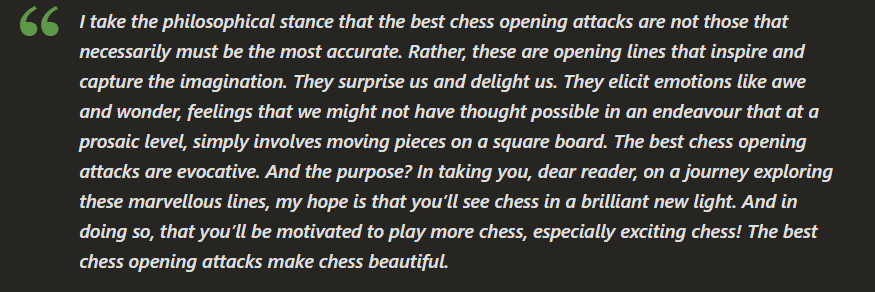
Today, we’ll explore one of the oldest and most elegant opening attacks from the Romantic Era of chess—the Légal Trap, also known as the Légal Mate or Légal Pseudo-Sacrifice. In this stunning tactic, two knights and a bishop work together to create a seemingly impossible checkmate.
The trap is named after François Antoine de Légal de Kermeur (1702-1792), a French chess master regarded as the best player in the world until 1755, when he was famously defeated by his pupil, Philidor. Both de Légal and Philidor dominated at the renowned Café de la Régence in Paris, a key chess hub during the 18th and 19th centuries. The rise of coffeehouses in Paris during this time also gave birth to the timeless tradition of playing chess while enjoying a good cup of coffee!
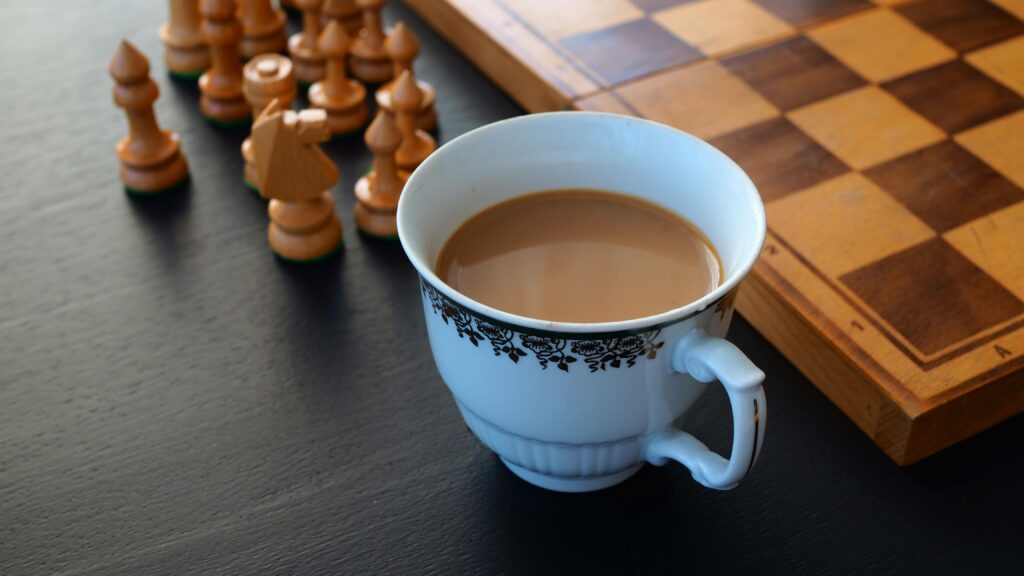
Before diving into what de Légal played in 1750, let’s first take a look at an instructive example from a later game: Chéron vs. Janloz (1929). This game, played by IM Andre Chéron (1895-1980), a three-time French chess champion (1926, ’27, and ’29), occurred during a simultaneous exhibition in Switzerland.
The Indicative Légal Trap from the Italian Game: Chéron — Janloz, 1929
- e4 e5 2. Nf3 Nc6 3. Bc4 d6 4. Nc3 Bg4 5. h3 Bh5? 6. Nxe5!! Bxd1?? 7. Bxf7+ Ke7 8. Nd5# 1-0
In this game, Chéron starts with the Italian Game, while Janloz plays the somewhat passive (3… d6), known as the Paris Defense. This move blocks in Black’s light-squared bishop and hinders development. After Black’s bold attempt at pinning the knight with (4… Bg4), White responds with (5. h3), forcing Black to either exchange or retreat. When Black mistakenly retreats with (5… Bh5?), White springs the Légal Trap with (6. Nxe5!!), sacrificing the queen. Black captures it (6… Bxd1??), falling right into a stunning checkmate with (7. Bxf7+) followed by (8. Nd5#).
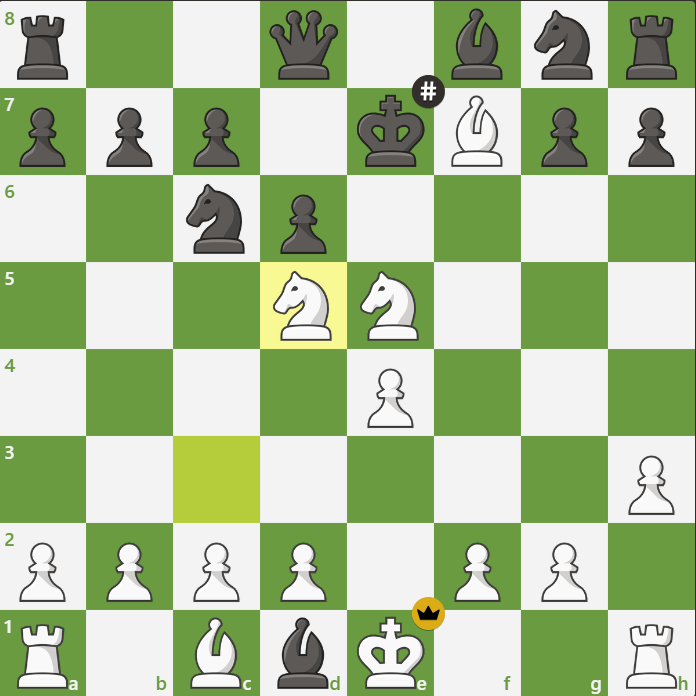
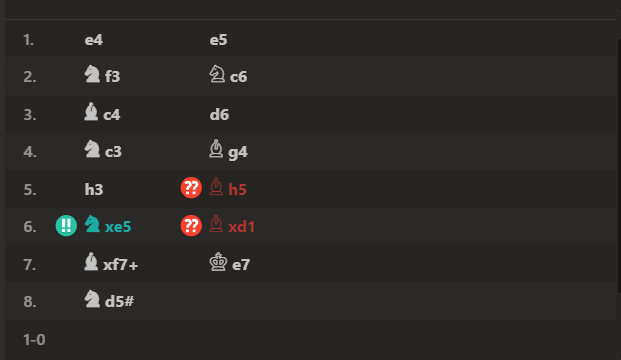
Even if Black had tried to capture the knight with (6… Nxe5), White would have stayed ahead by exploiting a fork with (8. Qb5+), ensuring material advantage and a strong position.
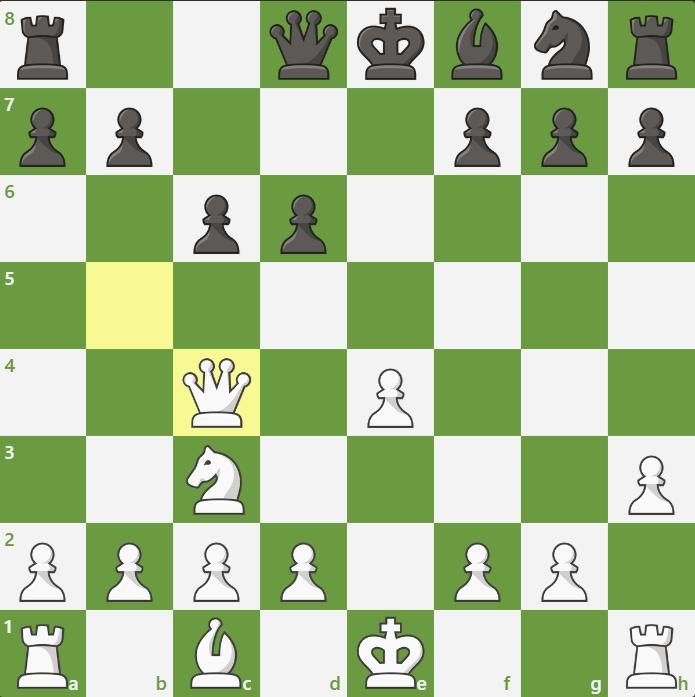

Légal Trap from the Max Lange, Vienna Gambit: Pillsbury — Fernandez, 1900
- e4 e5 2. Nc3 Nc6 3. f4 d6 4. Nf3 a6 5. Bc4 Bg4 6. fxe5!! Nxe5?? 7. Nxe5!! Bxd1?? 8. Bxf7+ Ke7 9. Nd5# 1-0
The Légal Trap can arise from several openings, as demonstrated by this double-brilliancy game from Harry Nelson Pillsbury (1872-1906), a US chess champion known for his remarkable talent. Pillsbury, who learned chess in his teens, quickly rose to fame, winning the US championship at 25, a title he held until his death.
In this game, Pillsbury played the Vienna Gambit within the Max Lange Defense. After (5… Bg4) pinning White’s knight, Pillsbury responded with the first brilliancy (6. fxe5!!), followed by the stunning queen sacrifice (7. Nxe5!!). Black fell for the trap, taking the poisoned queen, leading to a beautiful checkmate. Classic “oh no, my queen!” moment. 😚🤌
Sadly, Pillsbury’s career was cut short, possibly due to syphilis, which affected him during the 1895-96 St. Petersburg tournament. Had he continued his upward trajectory, he may have contended for the world championship.
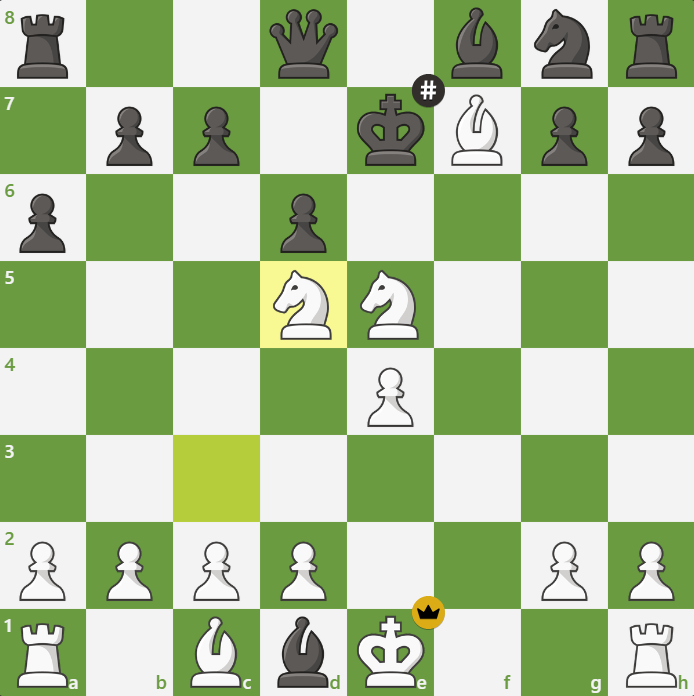
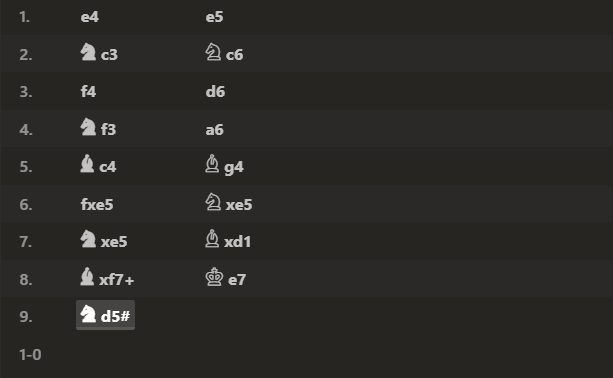
The Ultimate Flex: OG Légal Trap | de Légal — Saint Brie, 1750
Handicap: a1-rook removed (rook odds)
- e4 e5 2. Bc4 d6 3. Nf3 Nc6 4. Nc3 Bg4 5. Nxe5!? Bxd1?? 6. Bxf7+ Ke7 7. Nd5# 1-0
In this iconic game, the legendary de Légal gave rook odds to his opponent, because why not? Kicking things off with the Bishop’s Opening, de Légal set the trap, and Saint Brie fell for it with (5… Bxd1??), leading to a swift checkmate!
This game was played at Café de la Régence, where de Légal mentored his soon-to-be star pupil, Philidor, the future world champion. Interestingly, Philidor’s name became synonymous with (2… d6), the opening used in this game, known as Philidor’s Defense. While Philidor was famous for his prowess on the chessboard, he’s also remembered as a celebrated opera composer, proving his genius knew no bounds.
Philidor’s early life was filled with fascinating adventures, from surviving a failed concert tour to earning his living through chess in the coffeehouses of Europe. After returning to Paris in 1754, he defeated his old master de Légal and was considered the strongest chess player in the world for many years. But chess wasn’t his only calling—he eventually returned to composing music, where he found great success.
In this game, the position transitioned back into the Italian Game. By the end of turn 3, it mirrors the setup from (Chéron — Janloz, 1929), with the only difference being the missing rook. But on move 5, de Légal showed why he’s the original master of the trap! For his signature Légal Trap to work, (5. h3 Bh5) would normally be required, so the structure wouldn’t collapse if Black declined the “free” queen by playing (6… Nxe5).
But de Légal had no time for subtlety! He pulled a crafty psychological trick, “accidentally” touching his f3-knight before retracting his hand. Saint Brie, being a stickler for the touch-move rule, called him out. Playing along, de Légal “reluctantly” (😏) made the move (5. Nxe5!?)—and Saint Brie predictably snatched up the poisoned queen! Chef’s kiss. 😚🤌
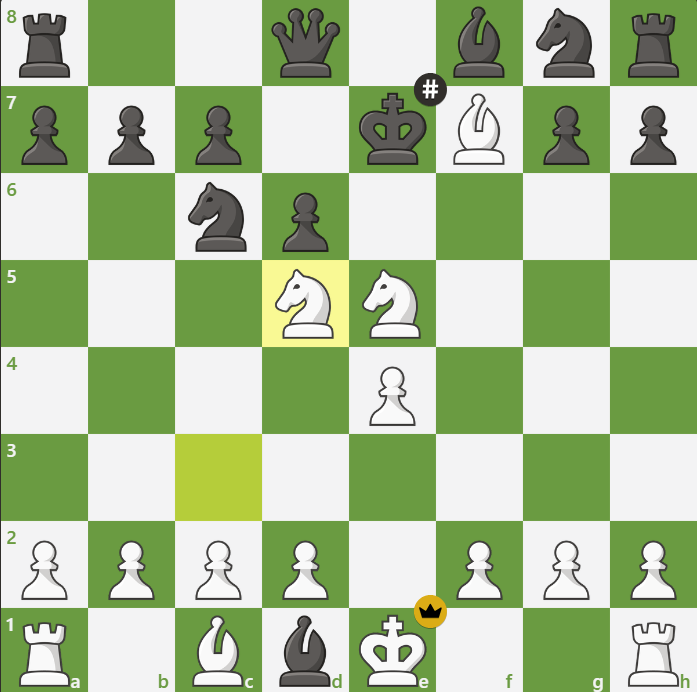
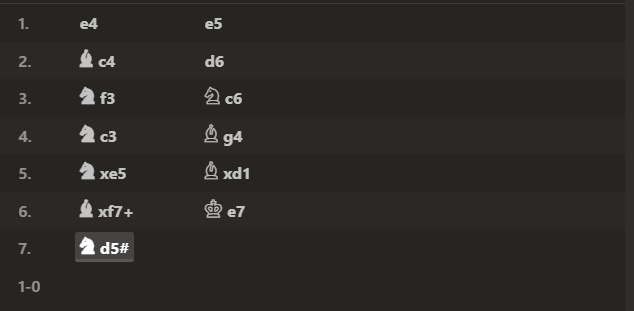
In this brilliant display, de Légal, the strongest player of his time, gave rook odds, then bluffed his way into a win a turn earlier than expected. It’s a masterclass in psychological chess and an unforgettable Quick Win! Let’s honor the spirit of romanticism in chess today—sometimes, it’s okay to play like de Légal! 🤩👍
© The Madras School of Chess
Created by Webdzo